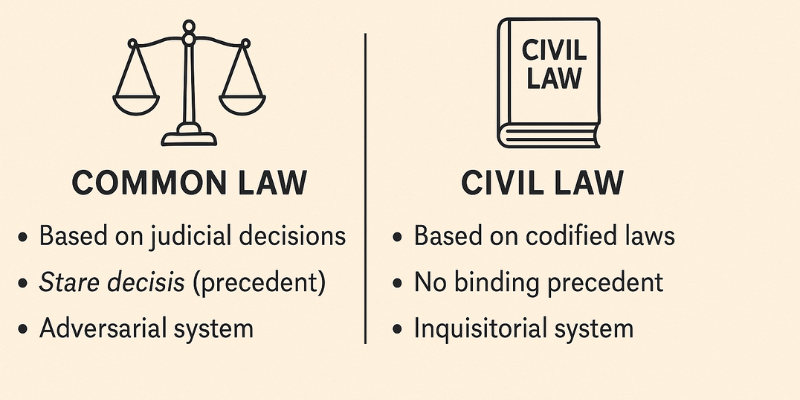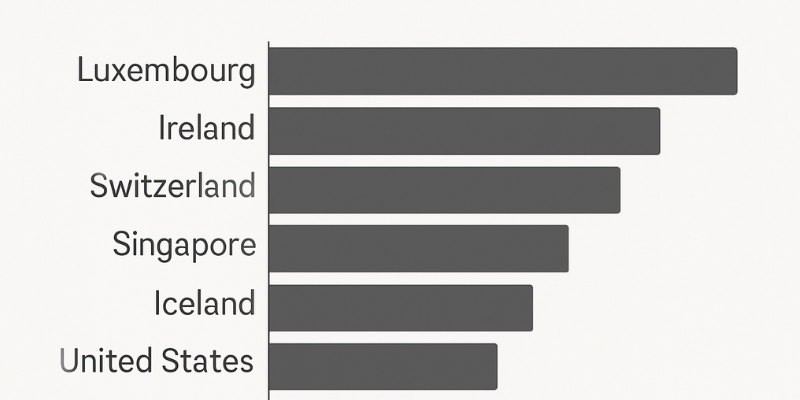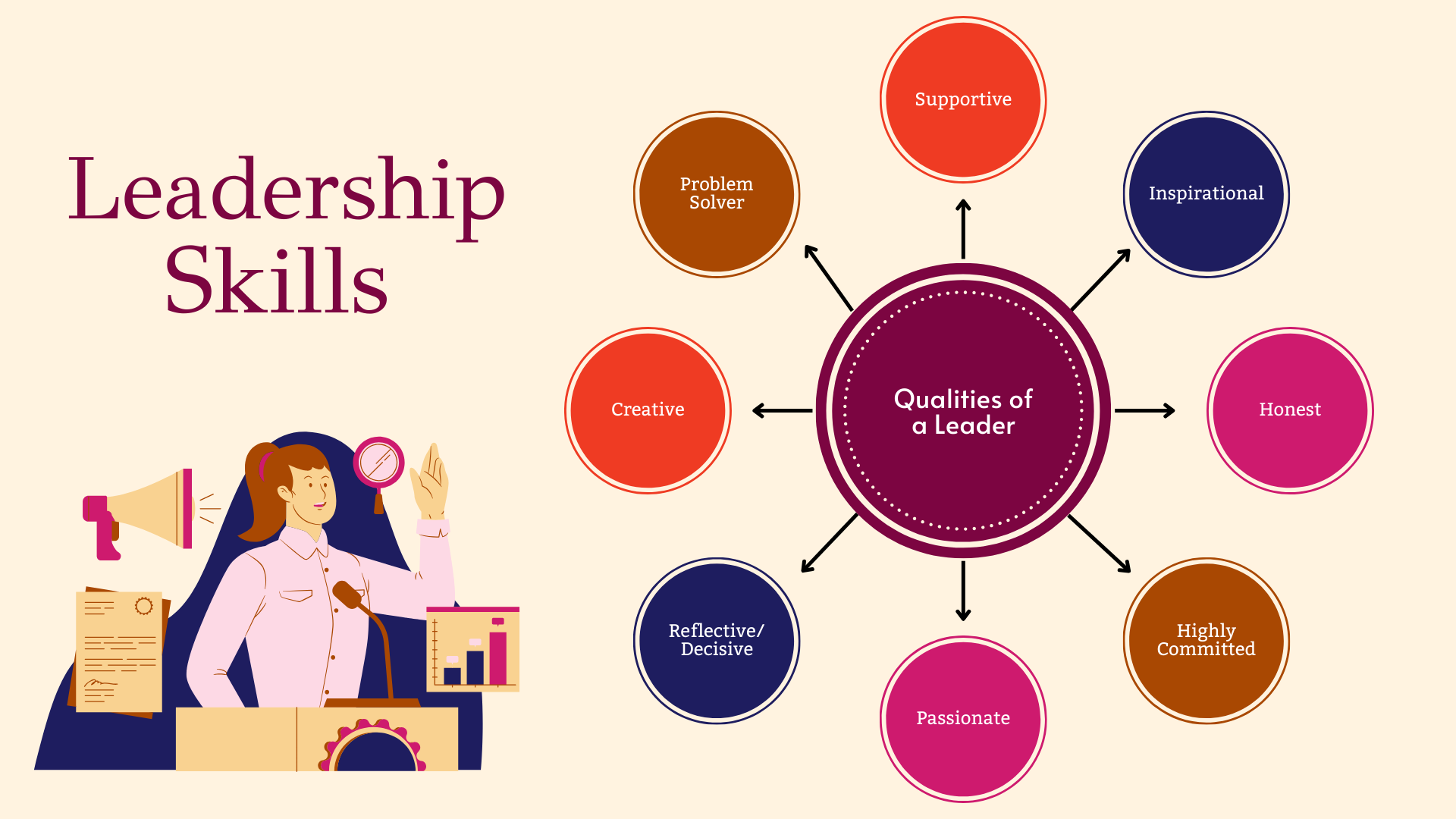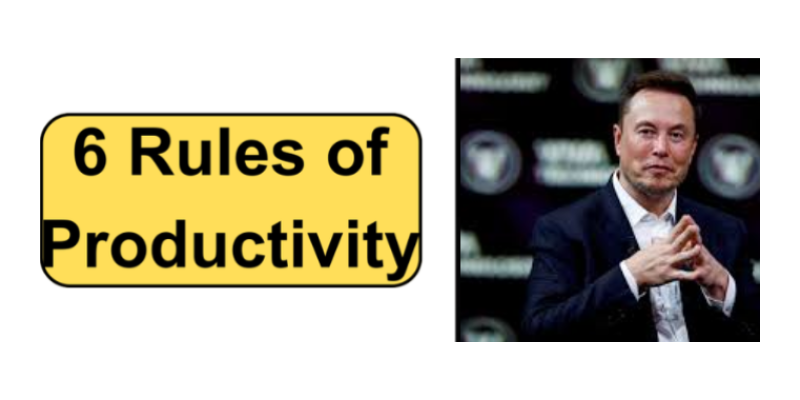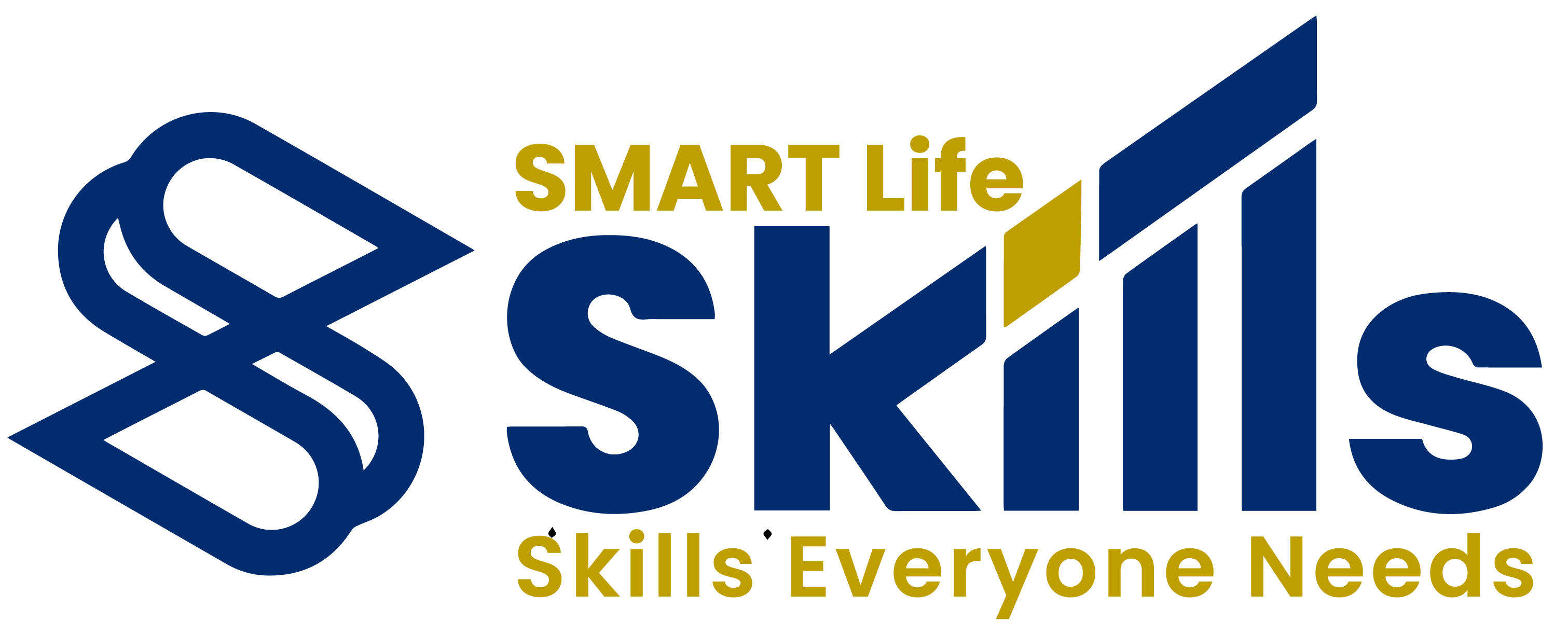Bullying at work (Workplace bullying) is a pervasive issue that negatively affects employees’ mental health, productivity, and organisational culture. While often subtle and insidious, bullying behaviours can be deeply damaging over time. This article explores eight signs of workplace bullying, highlighting why they must never be ignored. Drawing from academic research, organisational behaviour theories, and expert guidance, this article aims to raise awareness and offer insights into combating bullying in professional environments.
1.0 Constant Criticism
Persistent criticism, regardless of performance quality, is one of the most common and harmful forms of workplace bullying. Victims often find their work nitpicked, undervalued, or dismissed entirely. According to Rayner and Hoel (1997), ongoing unjust criticism is a defining characteristic of workplace bullying, leading to feelings of incompetence and reduced self-esteem. Unlike constructive feedback aimed at improvement, this type of criticism is often personal, unfounded, and relentless.
Einarsen et al. (2011) suggest that repeated negative acts at work without the victim’s ability to defend themselves defines bullying. Constant criticism, especially when delivered publicly or with contempt, erodes confidence and contributes to a hostile work environment.
2.0 Undermining Your Work
Undermining involves colleagues or managers taking credit for your work or sabotaging your projects. It may appear as innocent oversight but is often deliberate and targeted. According to the Chartered Institute of Personnel and Development (CIPD, 2020), such behaviours are frequently used by workplace bullies to assert dominance or eliminate perceived threats.
Researchers like Salin (2003) have found that envy and internal competition often drive undermining behaviours. When credit for ideas or achievements is unfairly taken, it leads to demotivation and distrust among team members, ultimately harming team cohesion and performance.
3.0 Micromanagement
Micromanagement goes beyond good supervision and enters the realm of bullying when it becomes excessive and controlling. This behaviour communicates a lack of trust and autonomy. Studies show that micromanagement is associated with anxiety, decreased morale, and job dissatisfaction (White, 2010).
While managers may justify micromanagement as a performance strategy, it often serves as a means of exerting control. According to McGregor’s Theory X and Theory Y (McGregor, 1960), managers operating under Theory X assumptions may micromanage due to an inherent distrust in their subordinates’ motivation and abilities, contributing to a toxic work atmosphere.
4.0 Rumour Spreading
Spreading false stories or gossip is a form of relational aggression that undermines a person’s credibility and reputation. Workplace rumours often carry malicious intent and can be used as a weapon to isolate and disempower the target (Kowalski et al., 2014).
Such behaviour not only affects the targeted individual but also deteriorates the wider workplace culture. As Kivimäki et al. (2003) assert, environments plagued by gossip are typically marked by low trust and high turnover rates. Employers must act swiftly to curtail such behaviours to maintain a professional and respectful work environment.
5.0 Silent Treatment
Being ignored or deliberately excluded, often known as “ostracism,” can be as harmful as overt aggression. The silent treatment can come from peers or superiors and may include exclusion from meetings, conversations, or even basic workplace interaction. Williams (2001) found that social exclusion triggers a pain response in the brain similar to physical pain, underlining the seriousness of this form of bullying.
Such psychological isolation leads to feelings of invisibility and helplessness. Prolonged exclusion can result in disengagement, depression, and a decline in job performance (Robinson et al., 2013).
6.0 Verbal Abuse
Verbal bullying includes yelling, derogatory remarks, and personal insults. It is among the more obvious signs of workplace bullying and is often disguised as “tough leadership” or “banter.” However, when such comments cross into personal attacks or humiliation, they become abusive.
Hoel and Cooper (2000) found that verbal abuse is a major predictor of stress-related absenteeism and mental health issues. Employers have a legal and moral obligation to address verbal abuse under workplace harassment laws, as outlined in the UK’s Equality Act 2010.
7.0 Manipulating Reviews
Performance reviews are intended to provide feedback and career guidance. However, when used unfairly to criticise or downplay an employee’s achievements, they become tools of bullying. According to Tepper (2000), abusive supervision includes unfair evaluations, which may be used to justify withholding promotions or bonuses.
Manipulated reviews distort reality and reinforce a false narrative of incompetence. Employees subjected to this behaviour often experience burnout and hopelessness, as their genuine efforts are neither recognised nor rewarded.
8.0 Setting You Up for Failure
Perhaps one of the most damaging tactics is assigning unclear instructions, unrealistic deadlines, or withholding essential resources. This tactic is designed to ensure failure and justify criticism or disciplinary action. Lewis (2006) identifies this behaviour as a strategic attempt to control or push the employee out of the organisation.
This behaviour is both unethical and counterproductive. It not only harms the individual but also wastes organisational resources and undermines trust in leadership.
Addressing Workplace Bullying
Understanding these eight signs is the first step. Organisations must foster a culture of openness, respect, and zero tolerance for bullying. Effective interventions include:
- Clear policies and reporting mechanisms (CIPD, 2020)
- Managerial training on respectful leadership (Einarsen et al., 2011)
- Anonymous employee surveys to detect patterns
- Mediation and support services such as employee assistance programmes (EAPs)
Creating a healthy workplace is a shared responsibility. Leaders must set the tone, but every employee plays a role in challenging toxic behaviours and supporting one another.
Workplace bullying can take many forms, often hiding behind the veil of professional feedback, managerial authority, or team dynamics. However, the consequences are real and far-reaching, affecting not just individuals but entire organisations. Recognising and addressing the eight warning signs—constant criticism, undermining work, micromanagement, rumour spreading, silent treatment, verbal abuse, manipulated reviews, and being set up for failure—can help create a more inclusive, respectful, and productive work environment.
References
Chartered Institute of Personnel and Development (CIPD), 2020. Managing Conflict in the Modern Workplace. [online] Available at: https://www.cipd.co.uk [Accessed 23 June 2025].
Einarsen, S., Hoel, H., Zapf, D. and Cooper, C.L., 2011. Bullying and Harassment in the Workplace: Developments in Theory, Research, and Practice. 2nd ed. Boca Raton: CRC Press.
Hoel, H. and Cooper, C.L., 2000. Destructive Conflict and Bullying at Work. Manchester School of Management.
Kivimäki, M., Elovainio, M. and Vahtera, J., 2003. Workplace bullying and sickness absence in hospital staff. Occupational and Environmental Medicine, 60(10), pp.777-783.
Kowalski, R.M., Giumetti, G.W., Schroeder, A.N. and Lattanner, M.R., 2014. Bullying in the digital age: A critical review and meta‐analysis of cyberbullying research among youth. Psychological Bulletin, 140(4), pp.1073–1137.
Lewis, D., 2006. The development of bullying at work in the UK. European Journal of Work and Organizational Psychology, 15(3), pp.261–275.
McGregor, D., 1960. The Human Side of Enterprise. New York: McGraw-Hill.
Rayner, C. and Hoel, H., 1997. A review of literature on bullying in organisations. Journal of Community & Applied Social Psychology, 7(3), pp.181-191.
Robinson, S.L., O’Reilly, J. and Wang, W., 2013. Invisible at work: An integrated model of workplace ostracism. Journal of Management, 39(1), pp.203–231.
Salin, D., 2003. Ways of explaining workplace bullying: A review of enabling, motivating and precipitating structures and processes in the work environment. Human Relations, 56(10), pp.1213-1232.
Tepper, B.J., 2000. Consequences of abusive supervision. Academy of Management Journal, 43(2), pp.178–190.
White, R., 2010. Micromanagement: When Control Becomes Abuse. Journal of Leadership Studies, 4(4), pp.85–87.
Williams, K.D., 2001. Ostracism: The Power of Silence. New York: Guilford Press.






